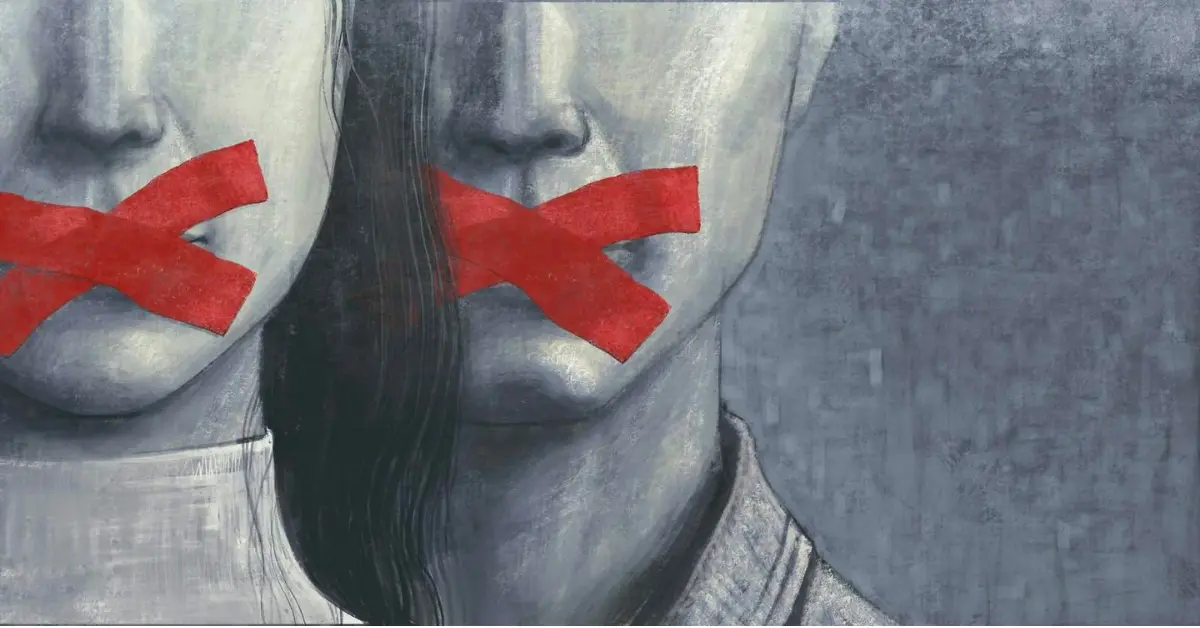Censorship in schools is a topic that often stirs debate among educators, parents, and policymakers. While some argue that it stifles freedom of expression and limits access to valuable information, others contend that it plays a crucial role in creating safe and appropriate learning environments for students.
In this article, we get into the reasons why censorship in schools is good and why it remains an essential aspect of the educational system.
Why Censorship is Important in Schools? The Reasons
Upholding Age-Appropriate Content
One of the primary reasons for censorship in schools is to ensure that students are exposed to age-appropriate content. Schools cater to students of various ages, from elementary to high school, each with their own levels of maturity and understanding. What may be suitable for a high school senior might not be appropriate for a middle schooler.
Censorship helps in curating materials—be it books, films, or online resources—that align with the cognitive, emotional, and social development stages of students. For example, a school librarian might choose to exclude books with explicit content from the shelves accessible to younger students while making them available to older students who are better equipped to process and understand such themes.
Fostering a Respectful Learning Environment
Creating a respectful and inclusive learning environment is crucial for the well-being of students. Censorship plays a pivotal role in ensuring that materials do not promote hate speech, discrimination, or harmful stereotypes. By carefully monitoring and filtering content, schools can prevent the dissemination of ideas that could incite violence, bullying, or prejudice among students.
In a diverse school setting, where students come from various cultural, religious, and socio-economic backgrounds, censorship helps in promoting empathy and understanding. It ensures that no student feels marginalized or attacked due to insensitive or offensive material.
Also read: Why Is My Wife Yelling at Me? Possible Reasons and Solutions
Protecting Against Distractions
Schools are institutions designed for learning, and distractions can hinder the educational process. Excessive violence, explicit language, or controversial topics can divert students’ attention away from the intended lesson. Censorship helps in maintaining a focused learning environment where students can engage with the curriculum without unnecessary disruptions.
Moreover, the prevalence of digital devices and the internet has made it easier for students to access a vast array of content, not all of which is conducive to learning. By implementing filters and restrictions on school computers and networks, educators can guide students toward productive and educational resources while shielding them from harmful or inappropriate content.
Meeting Community Standards and Values
Schools are reflections of the communities they serve, each with its unique set of values, beliefs, and cultural norms. Censorship in schools ensures that the materials used align with these community standards, respecting the preferences and sensitivities of parents and guardians.
For instance, a school located in a conservative community might choose to limit the availability of materials that contradict prevailing religious beliefs or moral values. Conversely, a school in a more liberal area might have different considerations when selecting materials for its curriculum.
Teaching Critical Thinking and Media Literacy
Contrary to the misconception that censorship limits intellectual freedom, it can actually serve as a catalyst for teaching critical thinking and media literacy skills. When students encounter censored materials or topics, it prompts them to question why certain information is restricted.
Educators can use these instances to engage students in discussions about censorship, freedom of expression, and the responsibilities that come with sharing ideas. By analyzing the reasons behind censorship decisions, students develop a deeper understanding of how information is curated, evaluated, and disseminated in society.
Conclusion
In conclusion, censorship in schools serves a vital purpose in creating safe, respectful, and conducive learning environments. By upholding age-appropriate content, fostering inclusivity, preventing distractions, respecting community values, and promoting critical thinking skills, censorship plays a multifaceted role in the educational landscape.
While the debate on censorship will undoubtedly continue, it is essential to recognize its positive impact on students’ well-being and intellectual development. Ultimately, the goal of censorship in schools is not to limit knowledge but to guide students toward responsible consumption of information, preparing them to navigate the complexities of the world with discernment and understanding.
So, the next time the question “why censorship in school is good?” arises, consider these perspectives on how censorship contributes to a holistic and enriching educational experience for students everywhere.
FAQs
1. What is censorship in schools?
School censorship refers to practices that restrict access to certain information or materials, often based on concerns about protecting students from harm or promoting specific values. This can involve filtering websites, removing books from libraries, or limiting classroom discussions.
2. Why do some people support censorship in schools?
Supporters of censorship argue that it can shield students from harmful or inappropriate content, such as violence, pornography, or hate speech. They also believe it can protect students from exposure to ideas that conflict with their parents’ values or religious beliefs.
3. Why do some people oppose censorship in schools?
Opponents of censorship argue that it restricts students’ access to information and stifles their intellectual development. They also believe it can limit exposure to diverse perspectives and viewpoints, hindering critical thinking skills. Additionally, they raise concerns about potential censorship abuse and the violation of students’ freedom of expression.
4. Who decides what gets censored in schools?
This varies depending on the school district and local policies. In some cases, administrators have the final say, while others involve teachers, parents, or community members in the decision-making process.
5. Are there any legal limitations on censorship in schools?
Yes, the First Amendment to the US Constitution protects freedom of speech, and courts have ruled that students do have certain rights to free expression in school. However, these rights are not absolute, and schools have some leeway to restrict speech that is disruptive, harmful, or violates school rules.
Content Contributor: Rehana Sengupta









